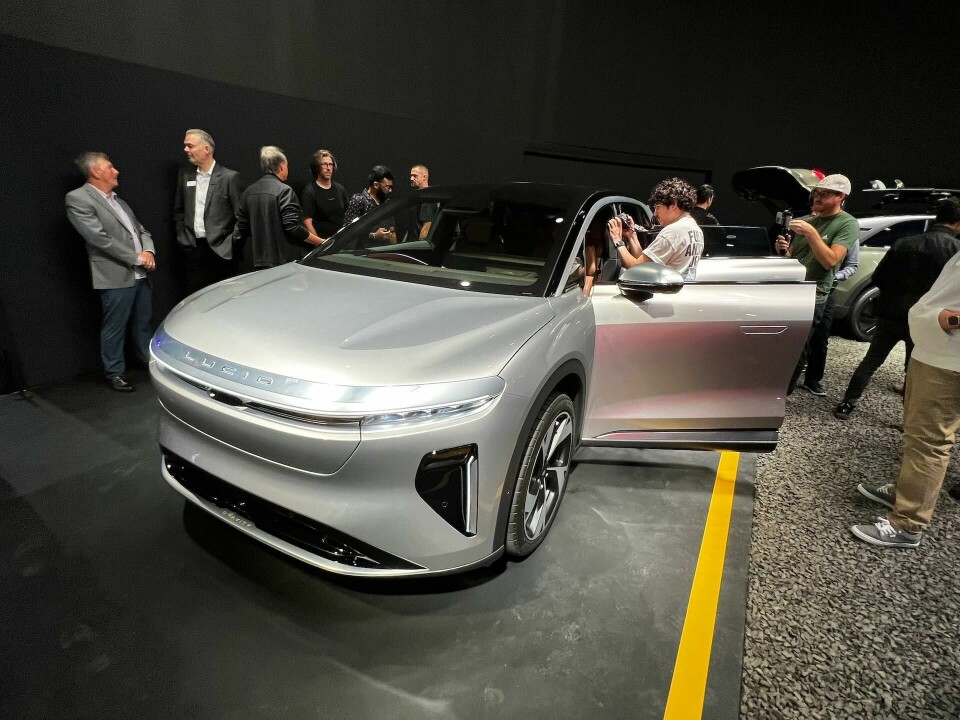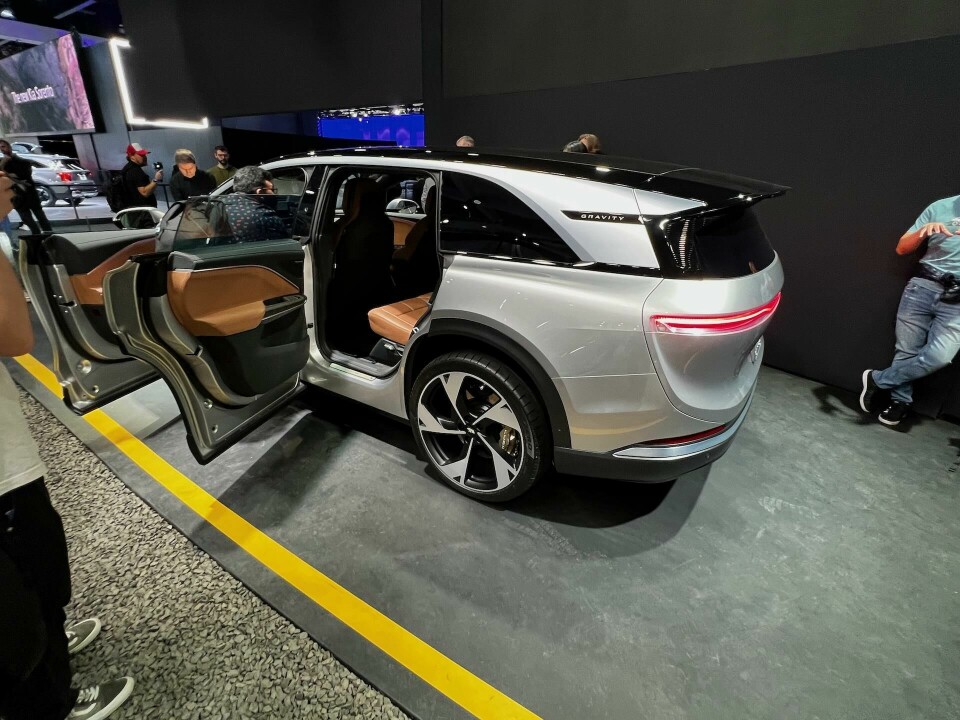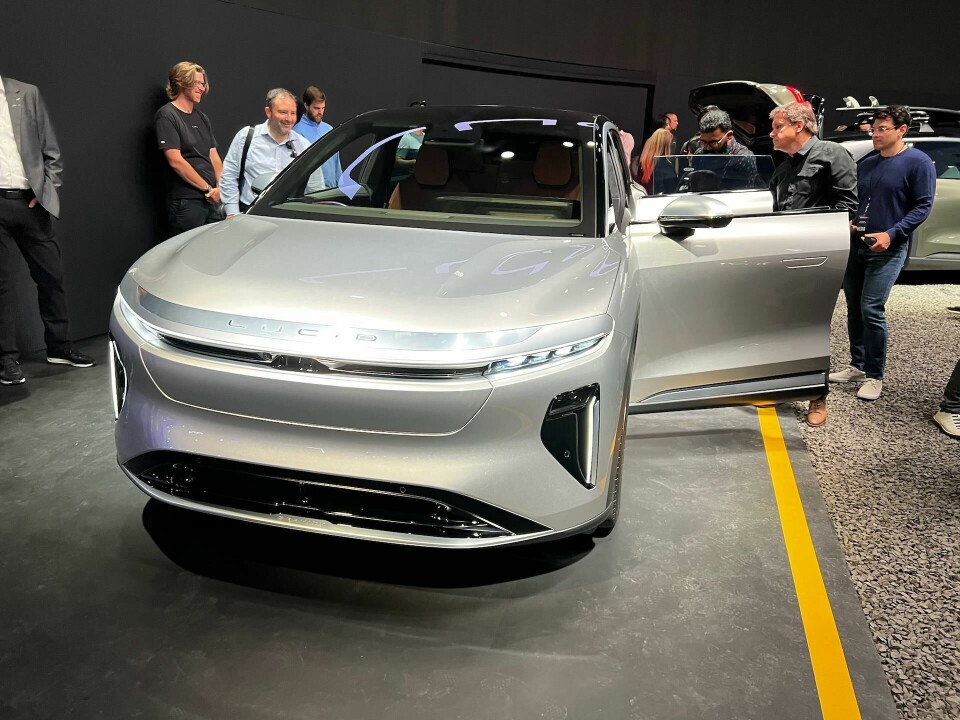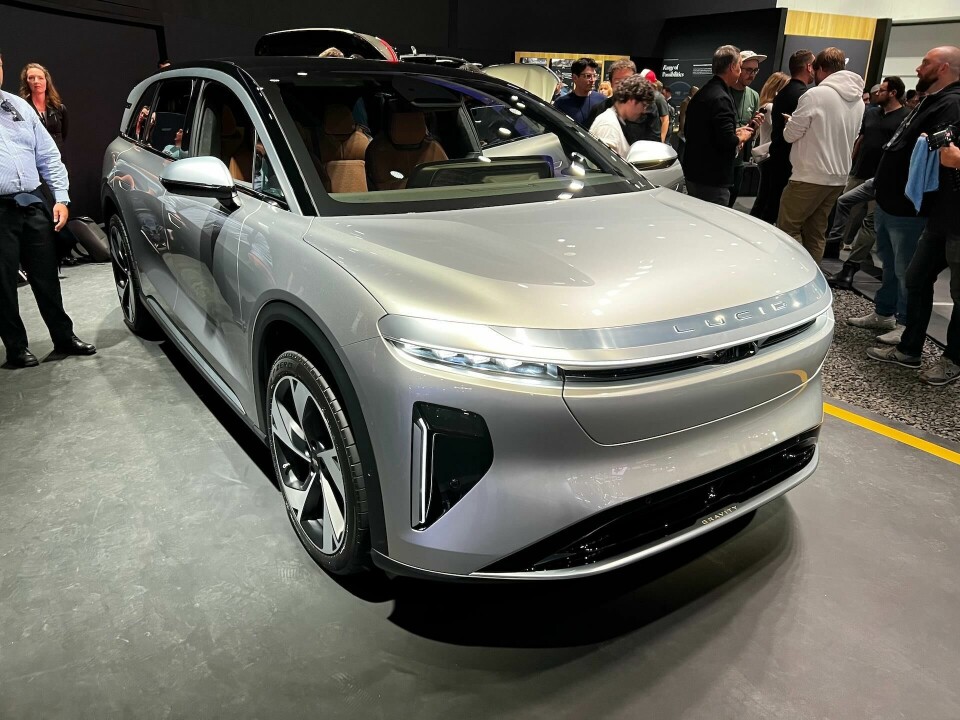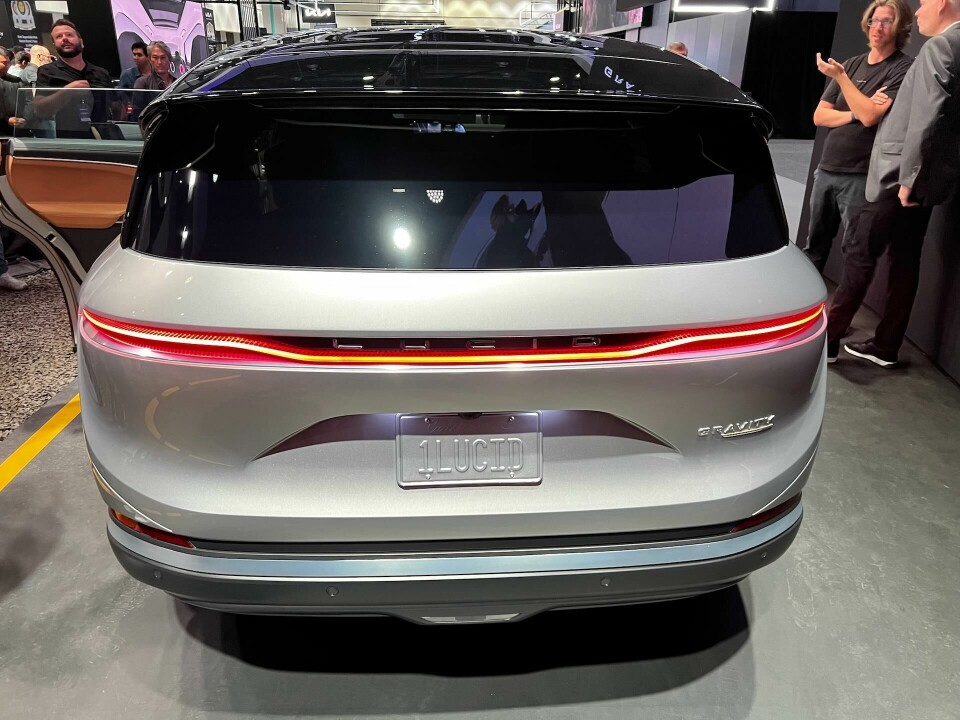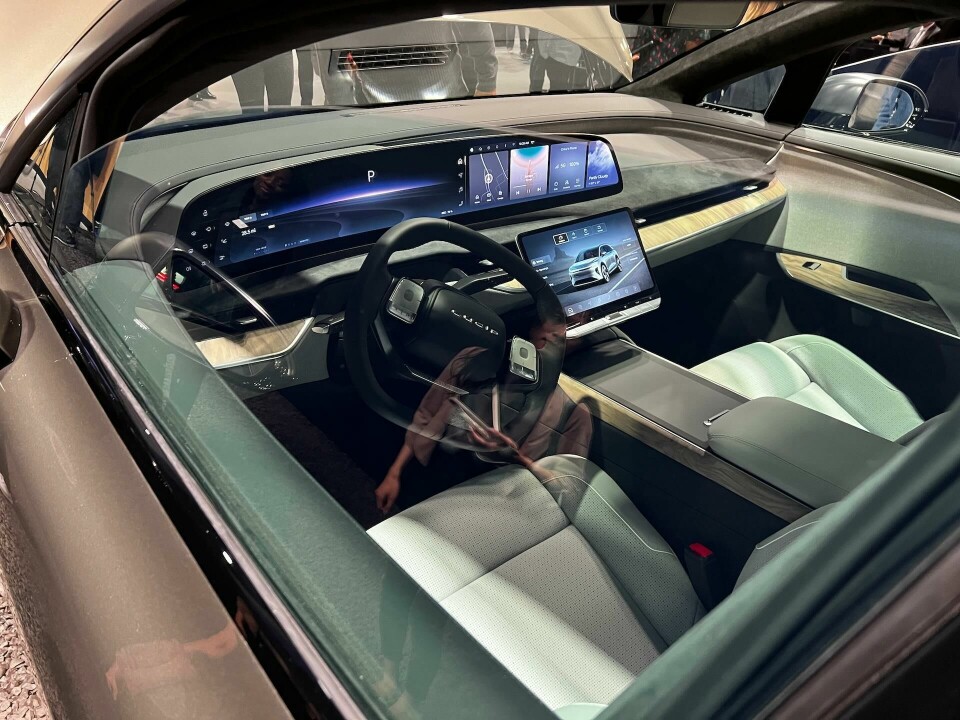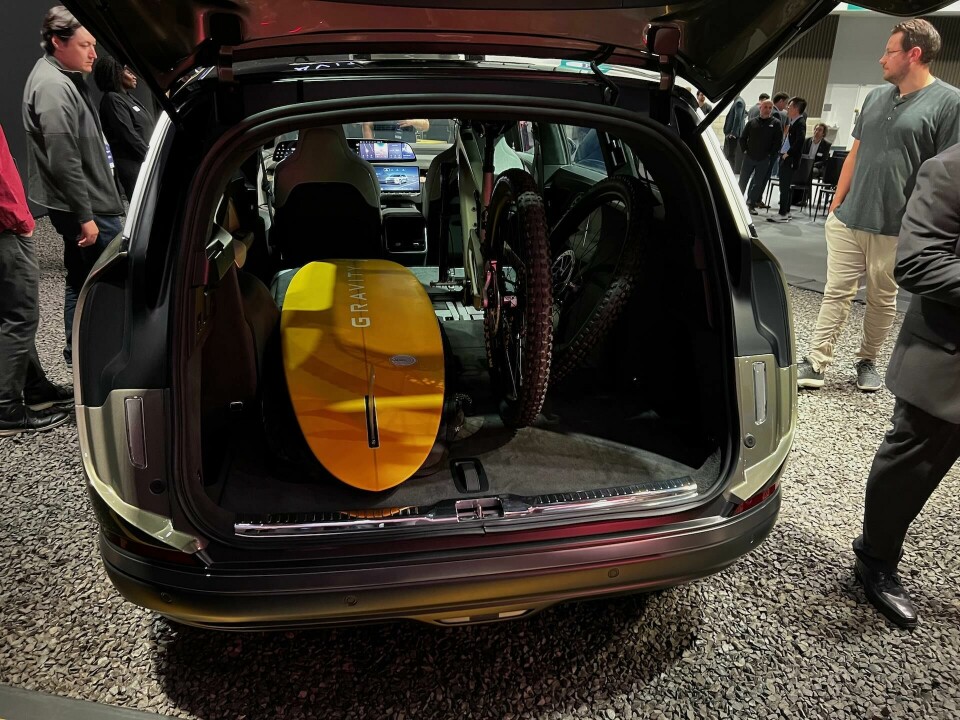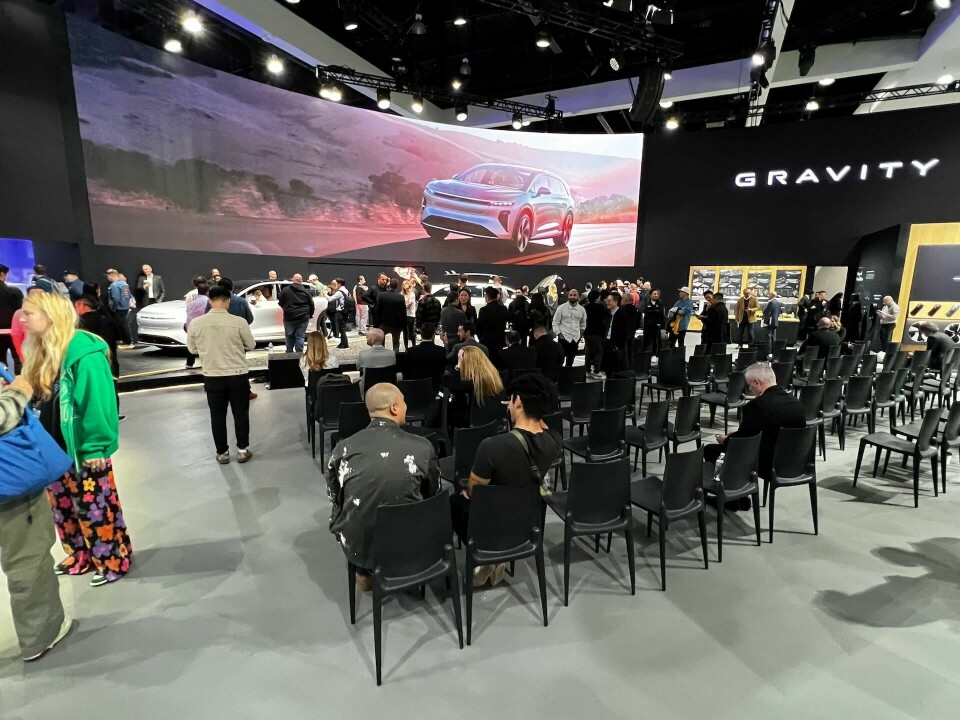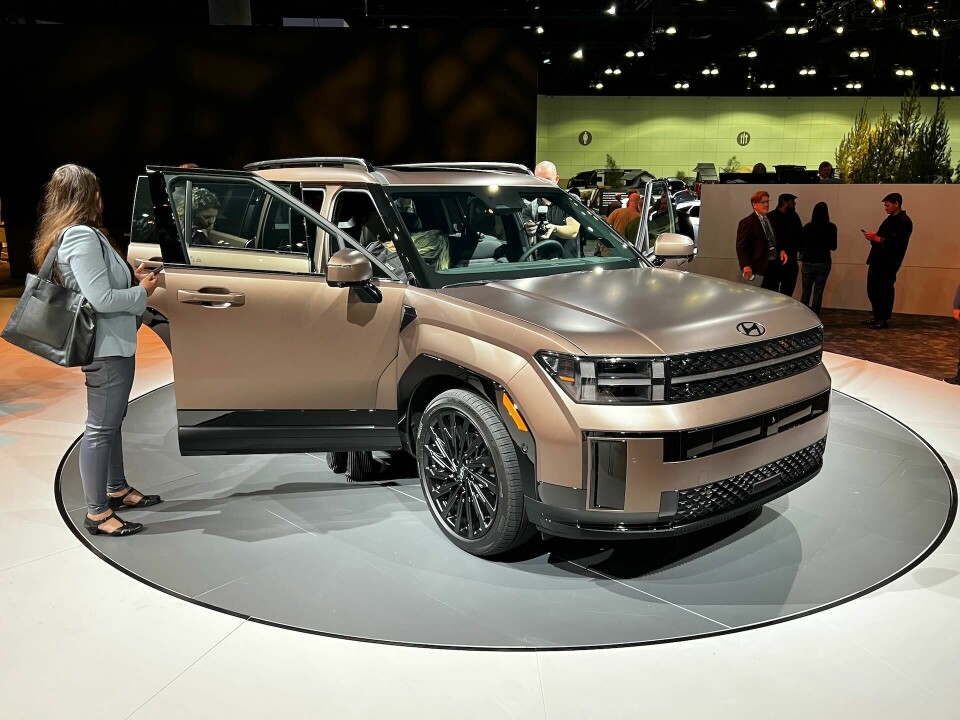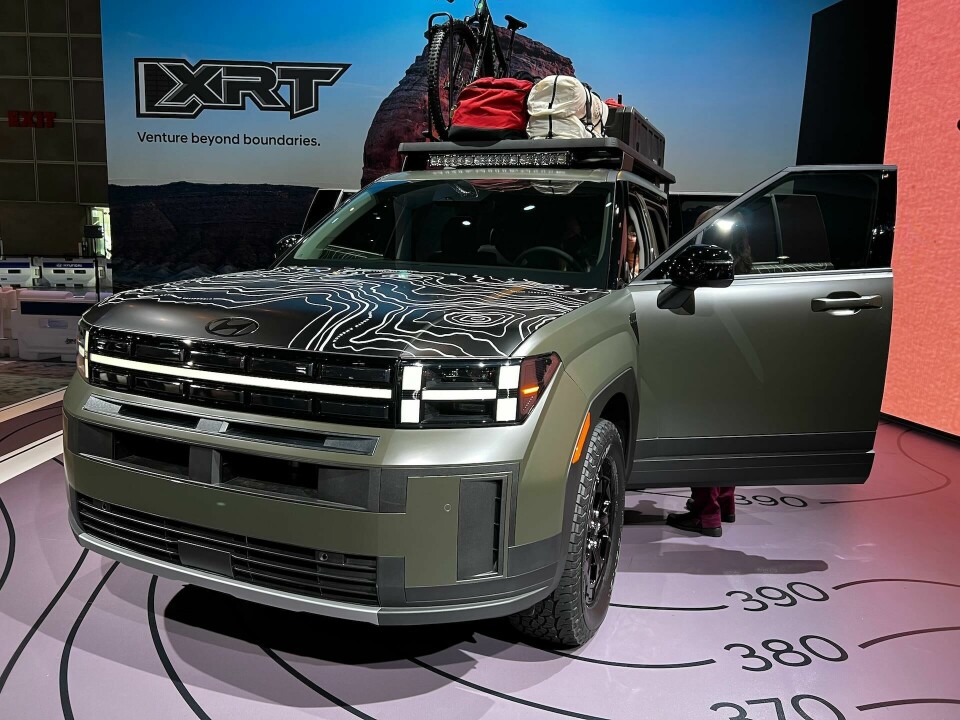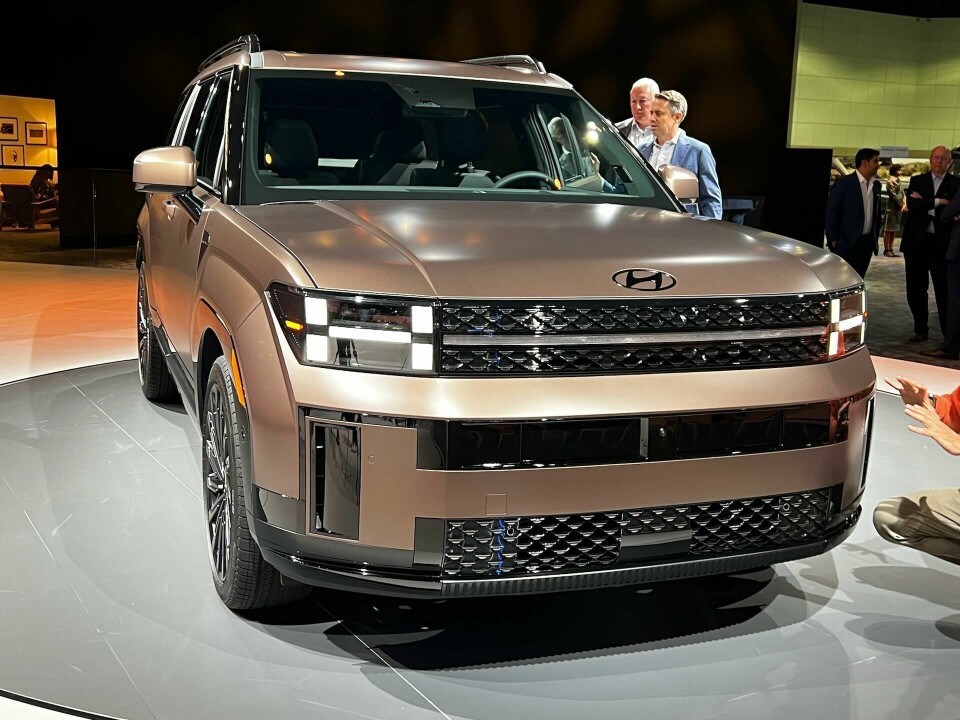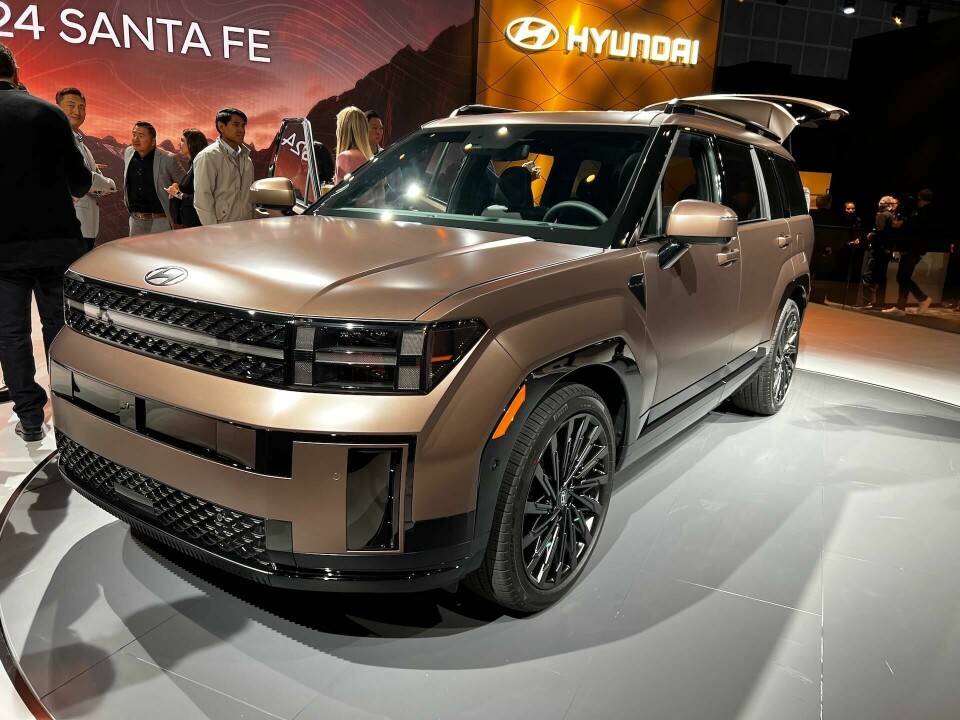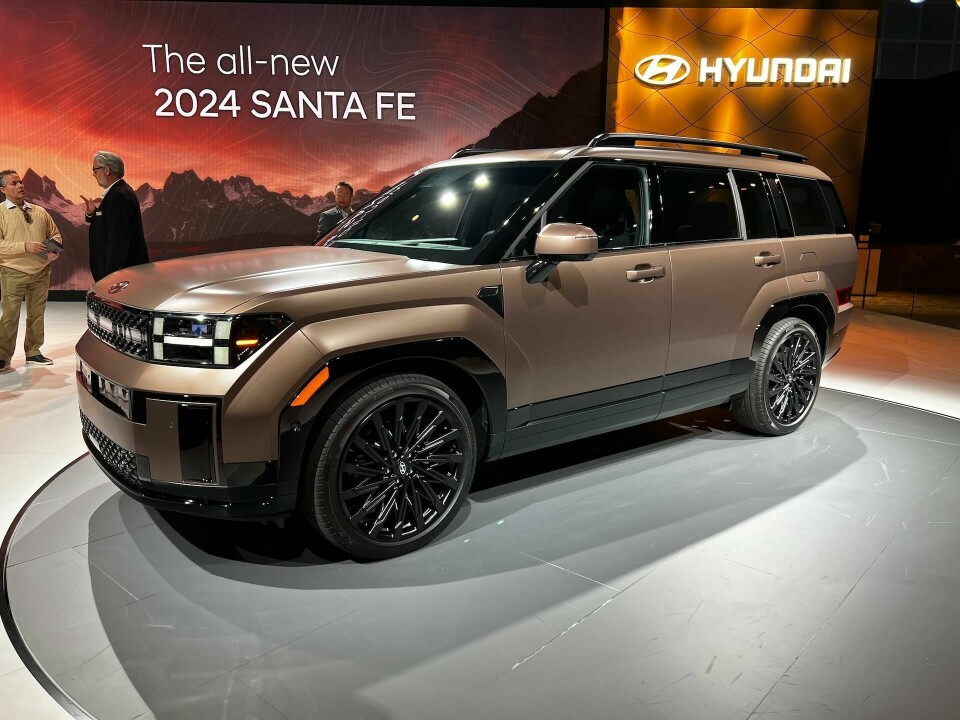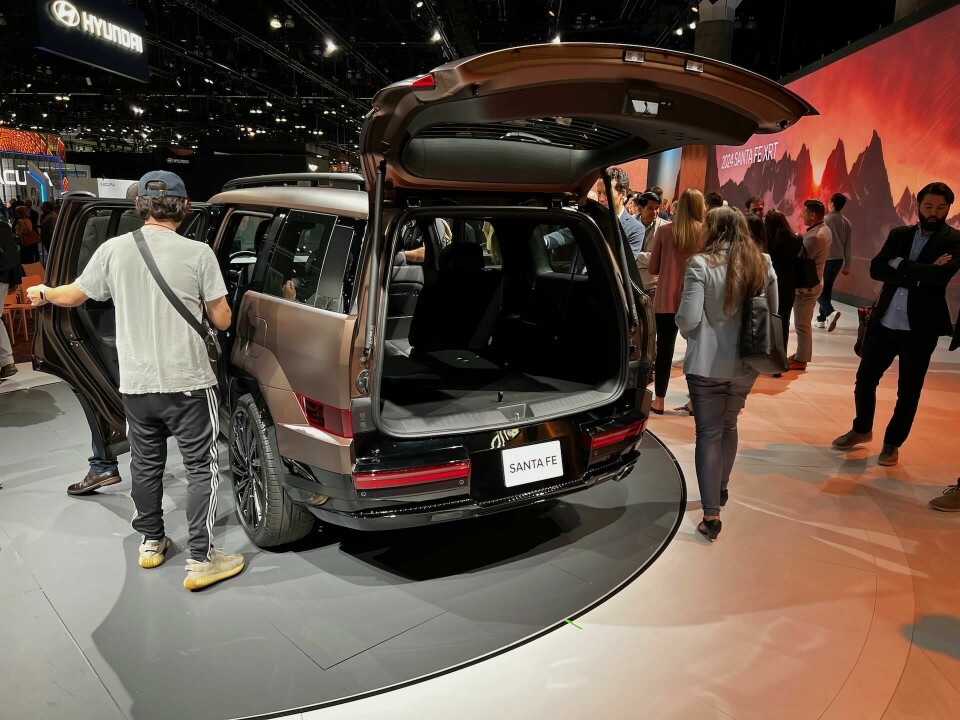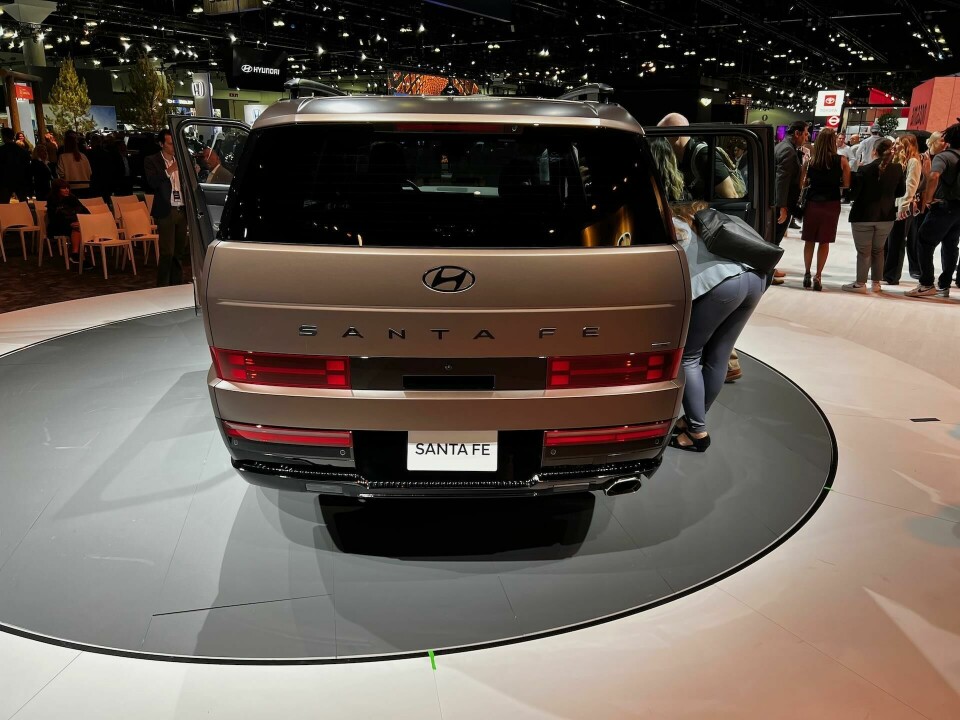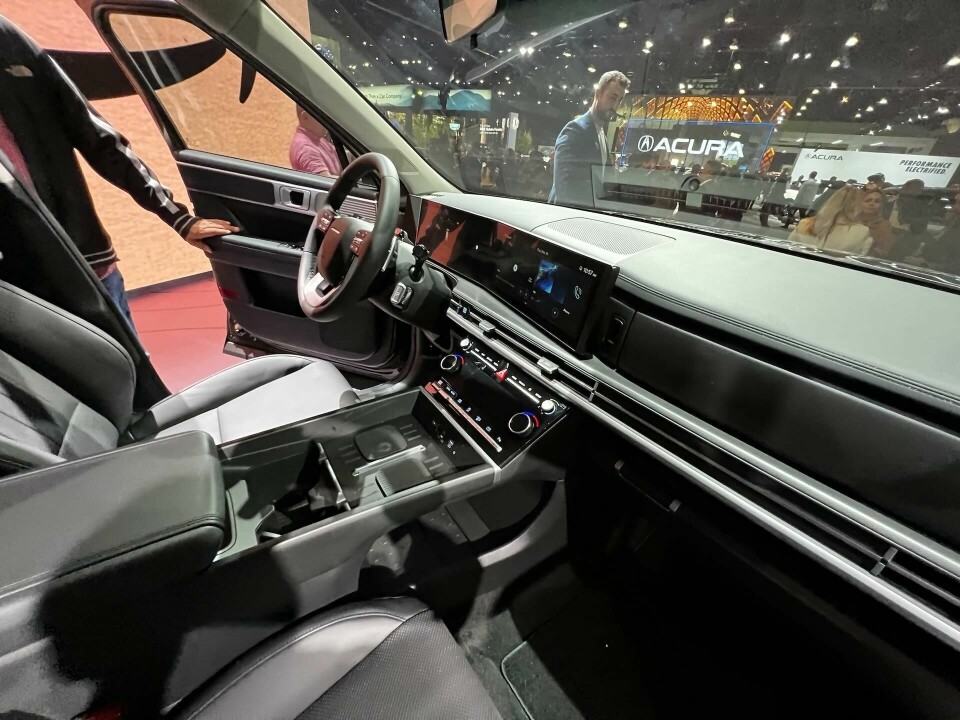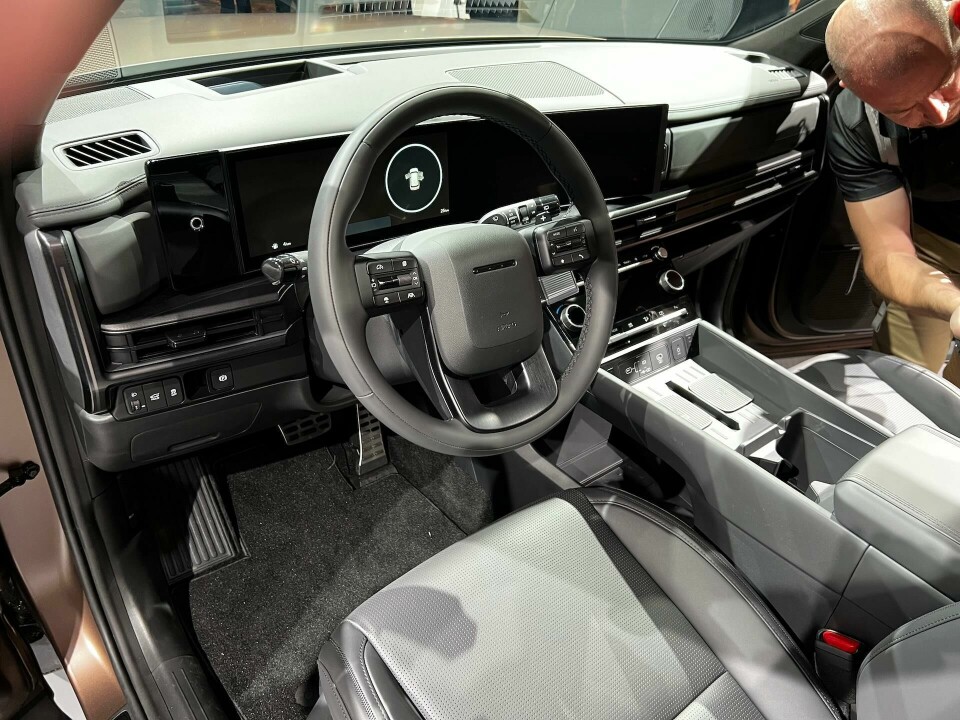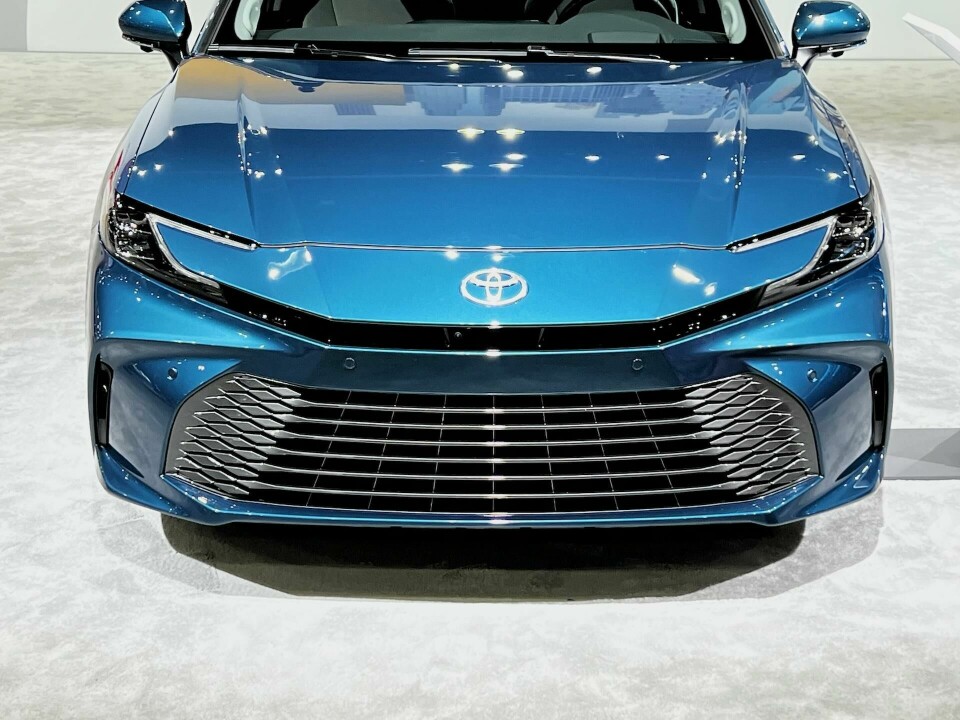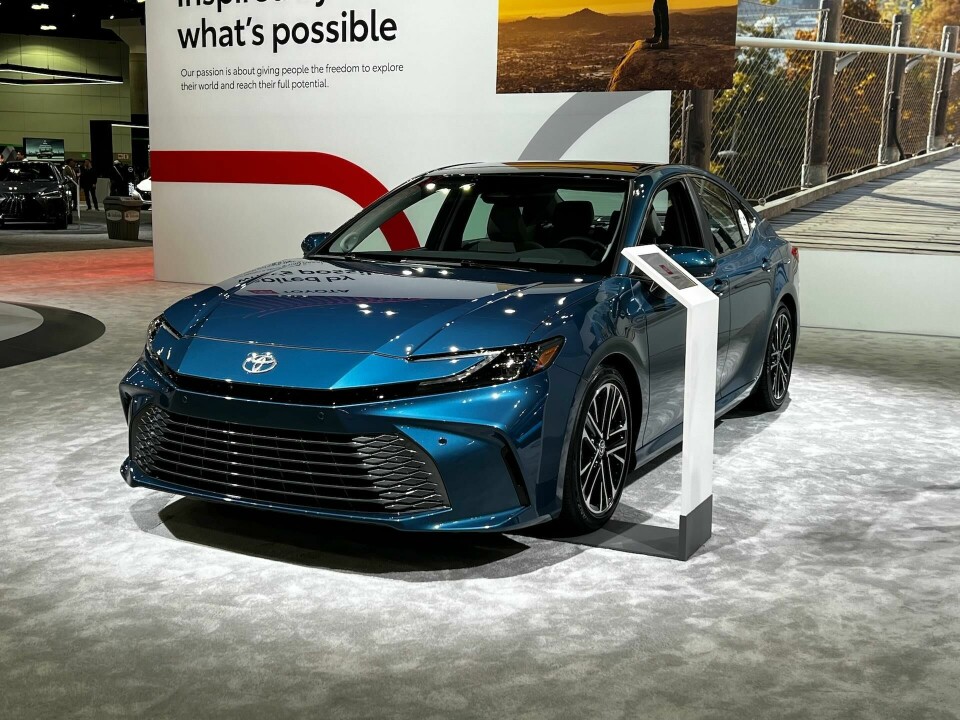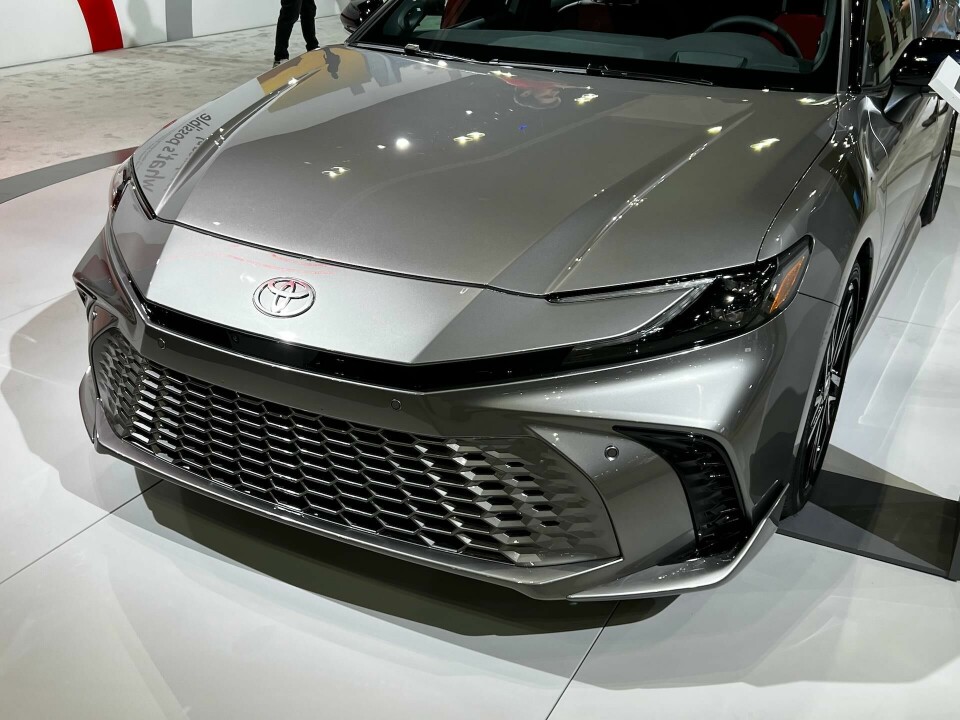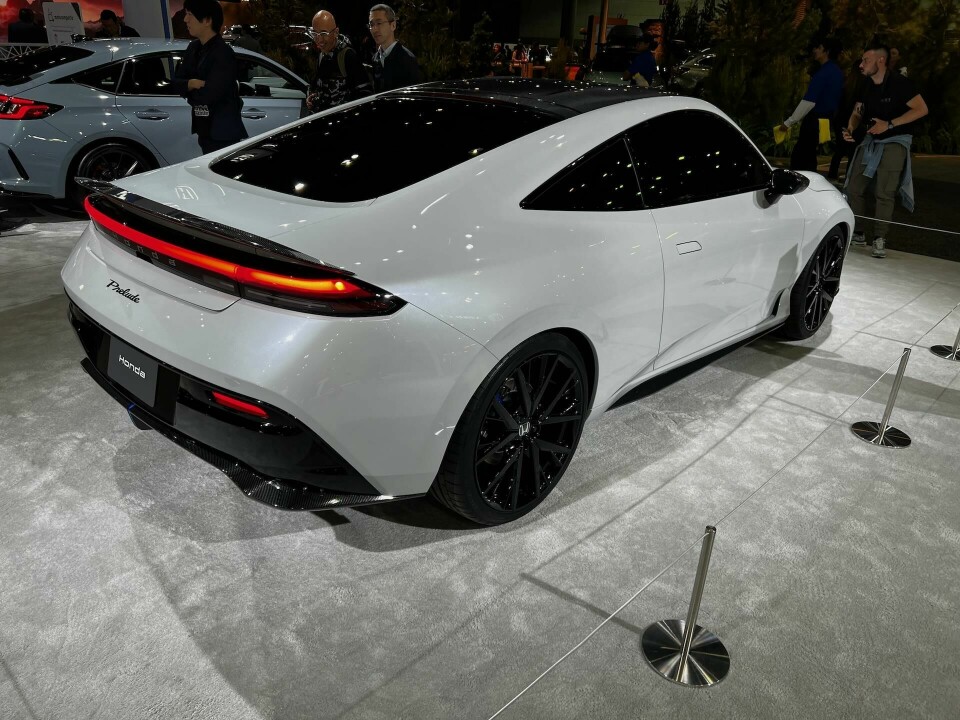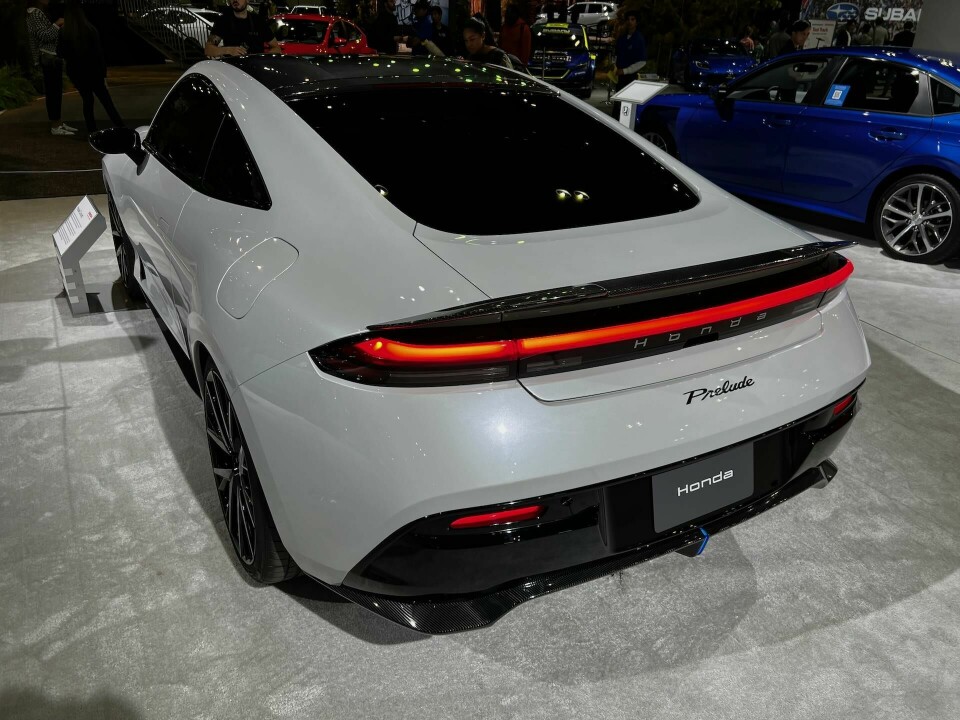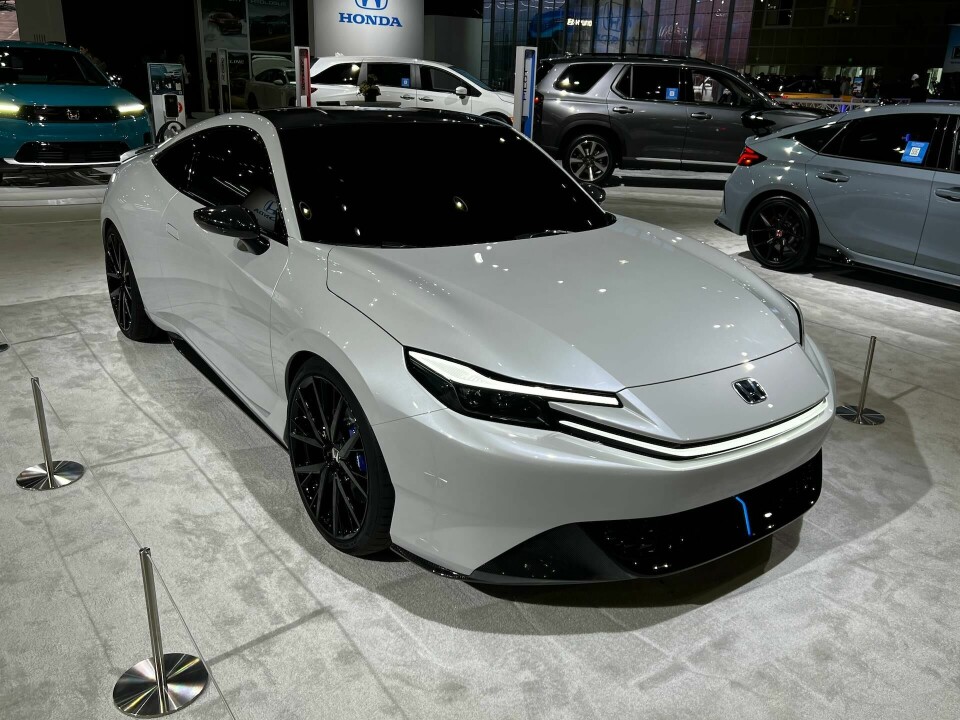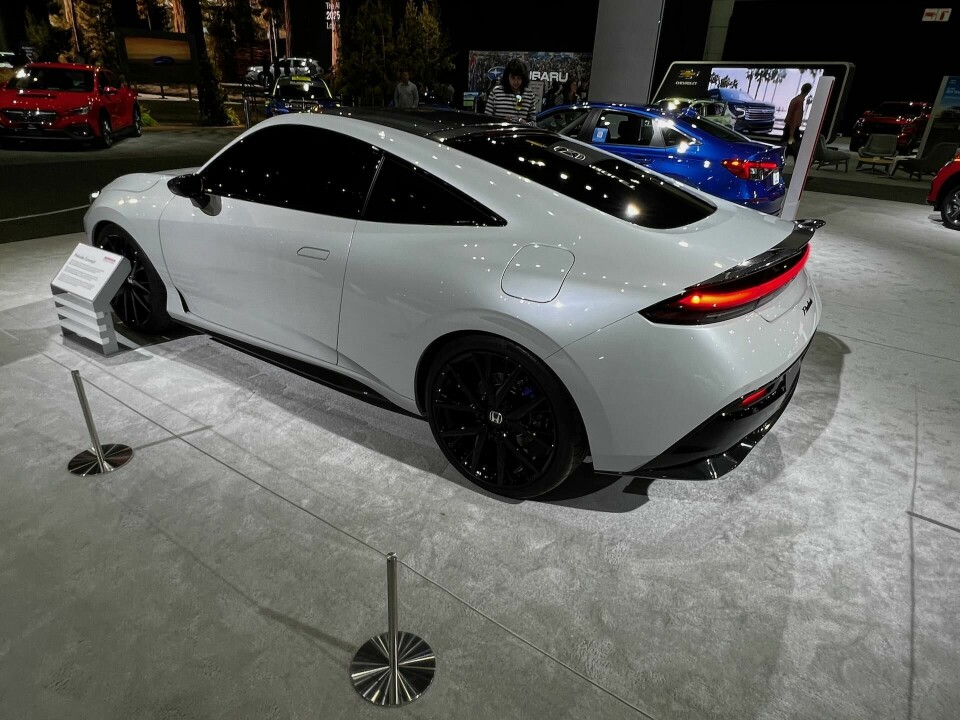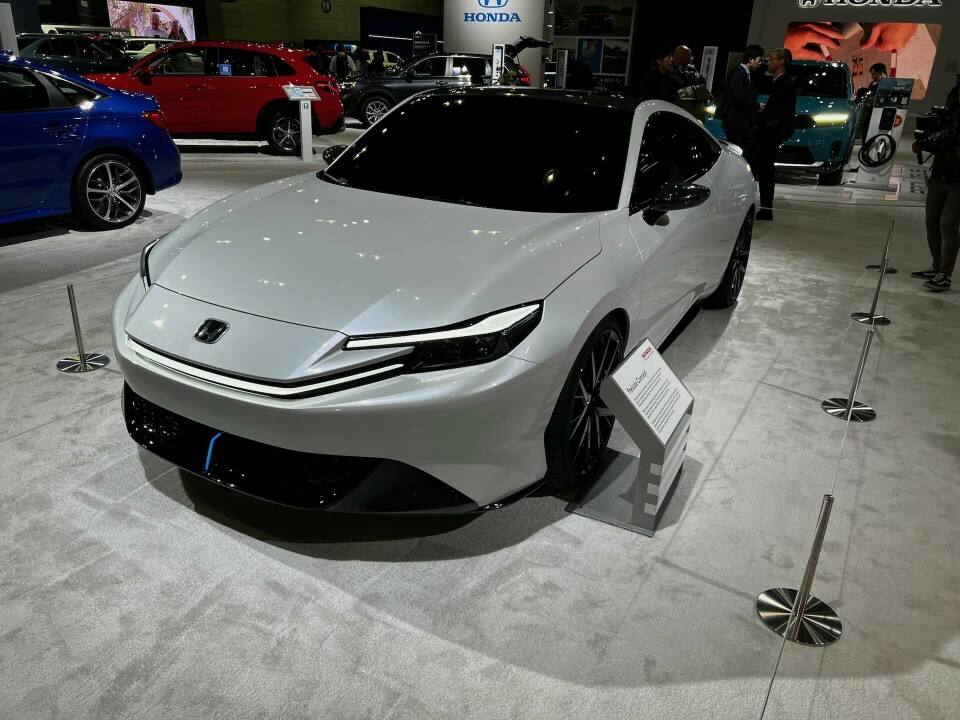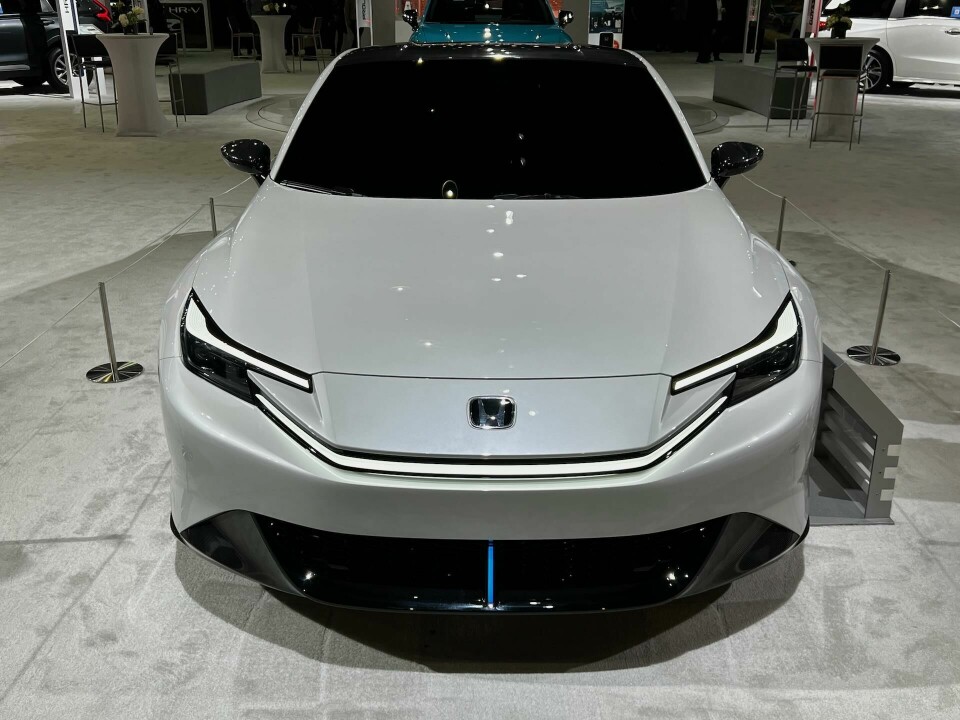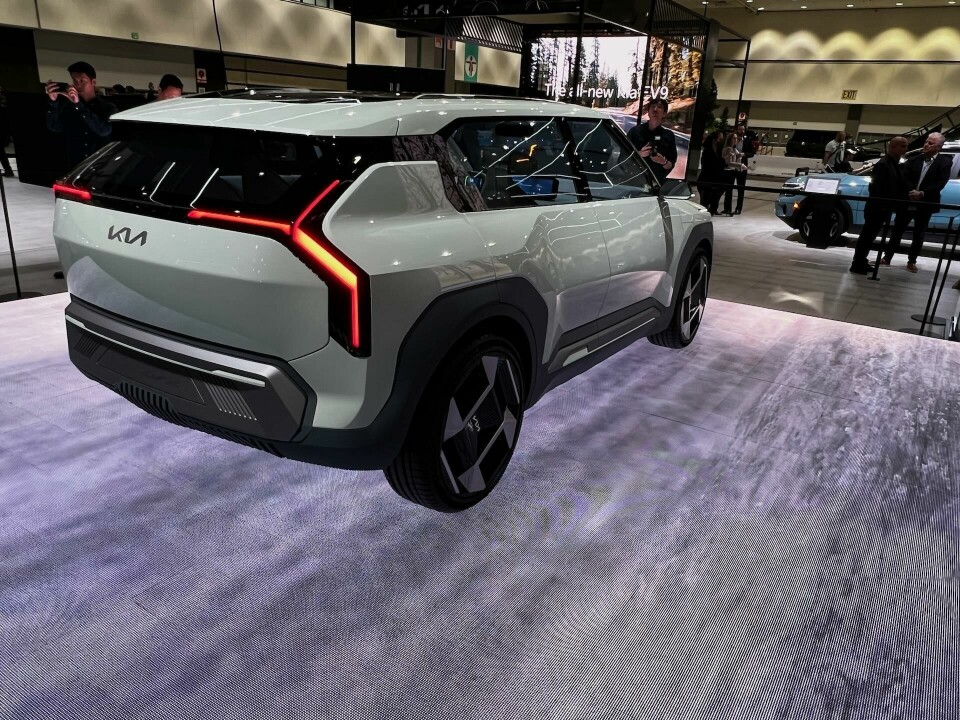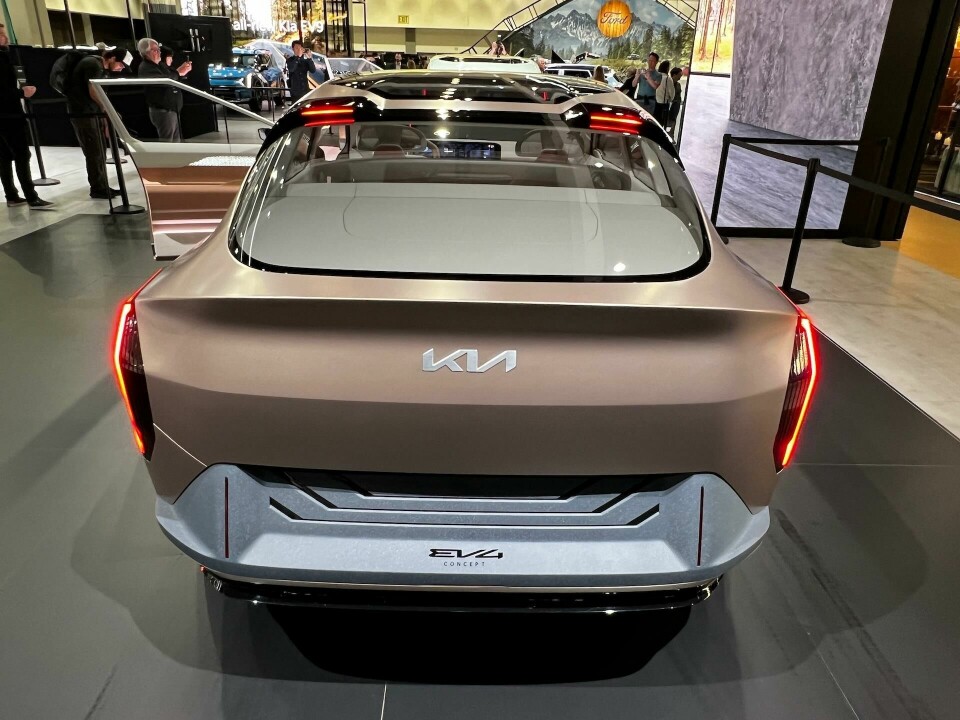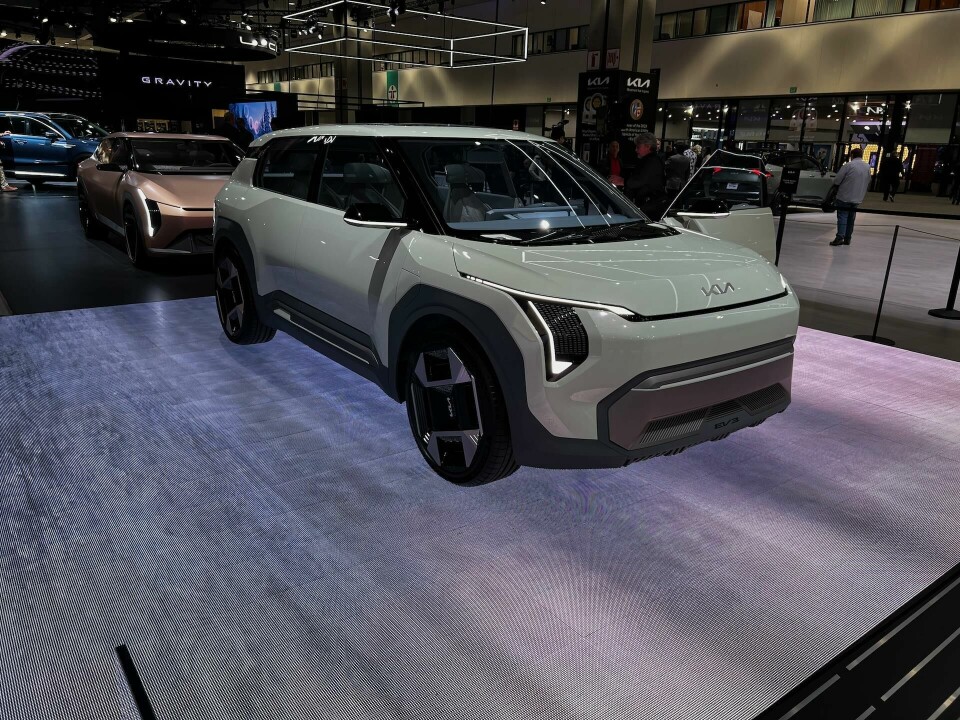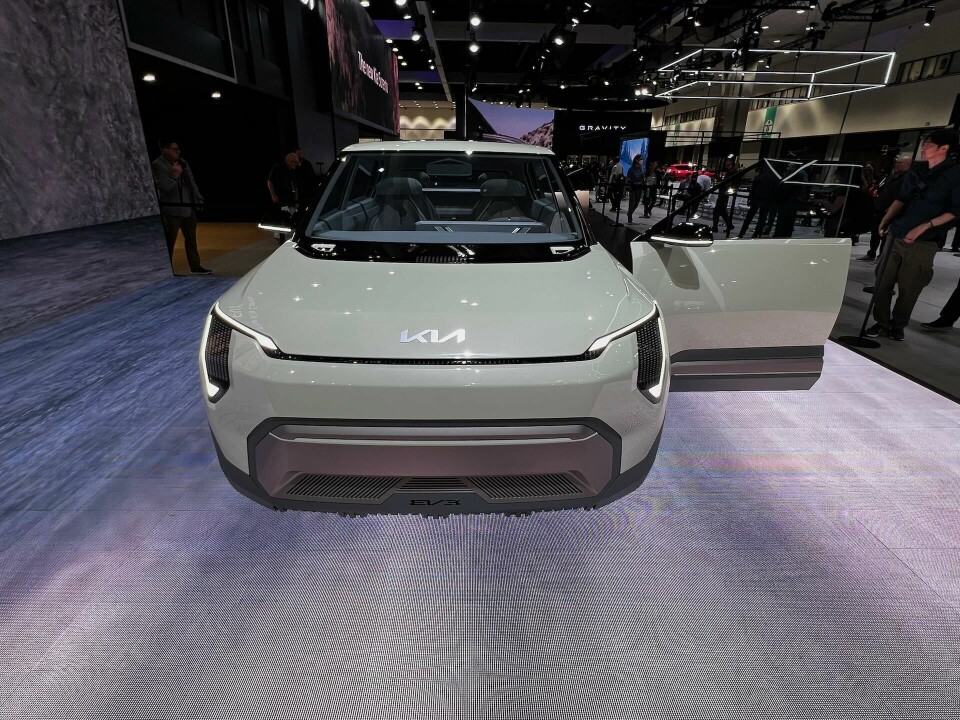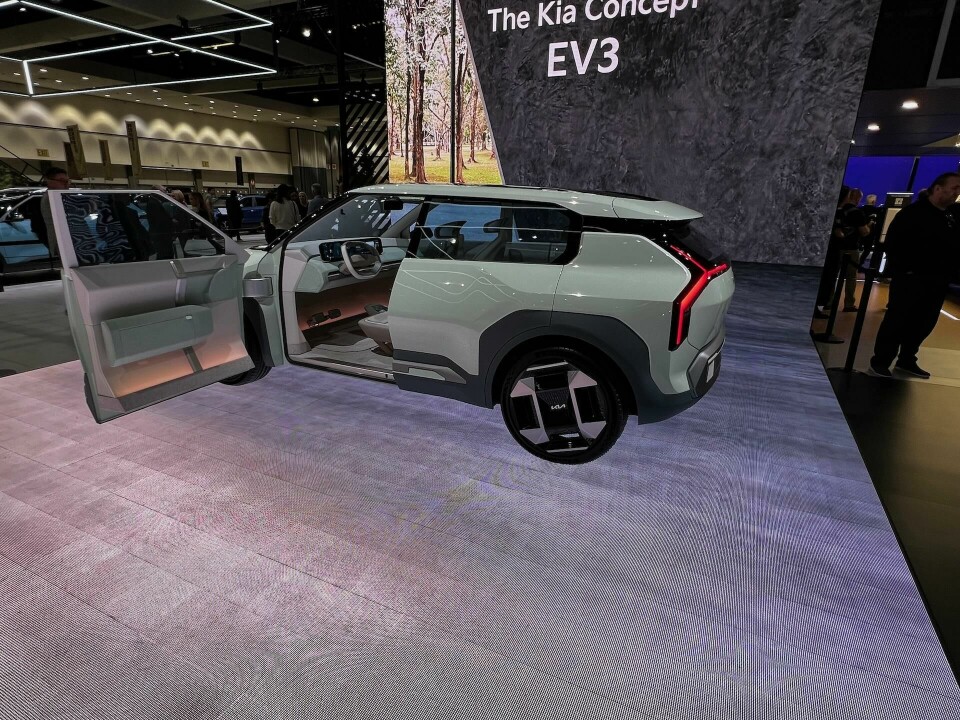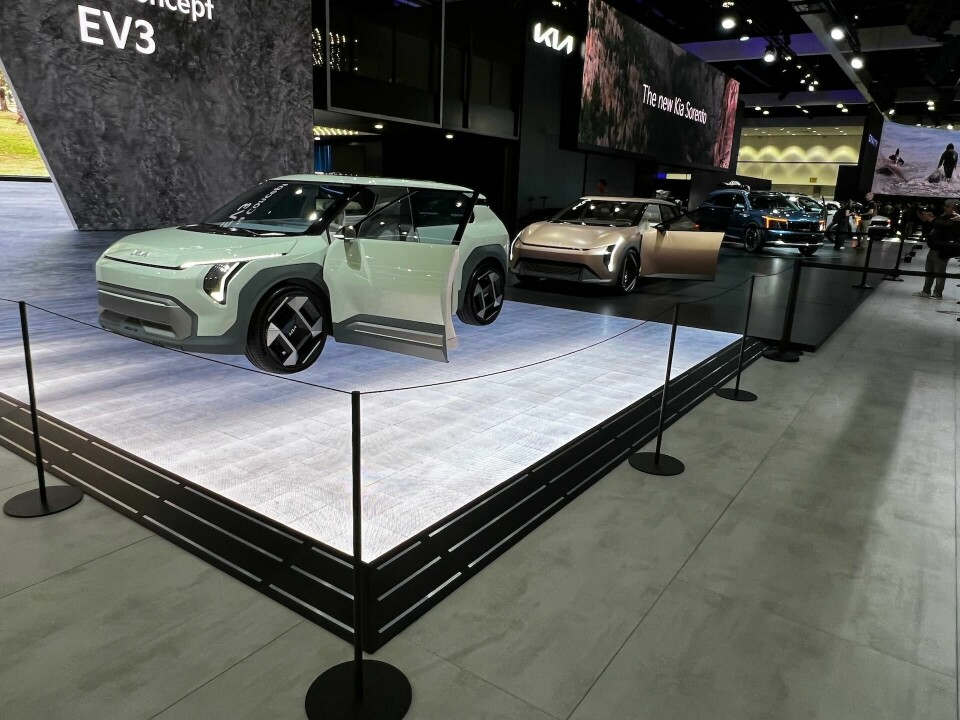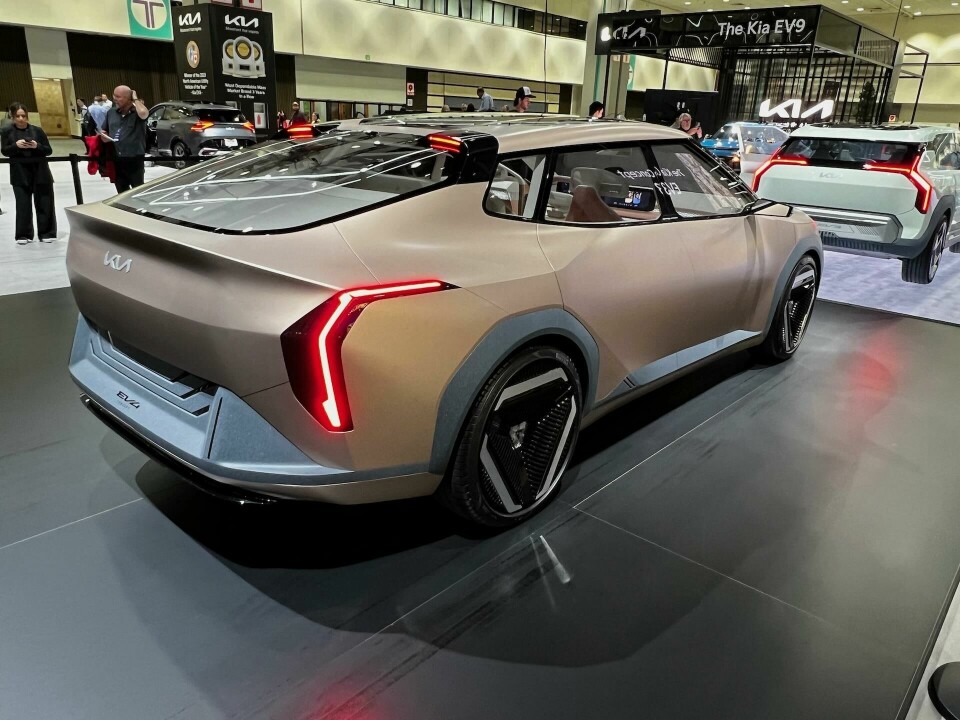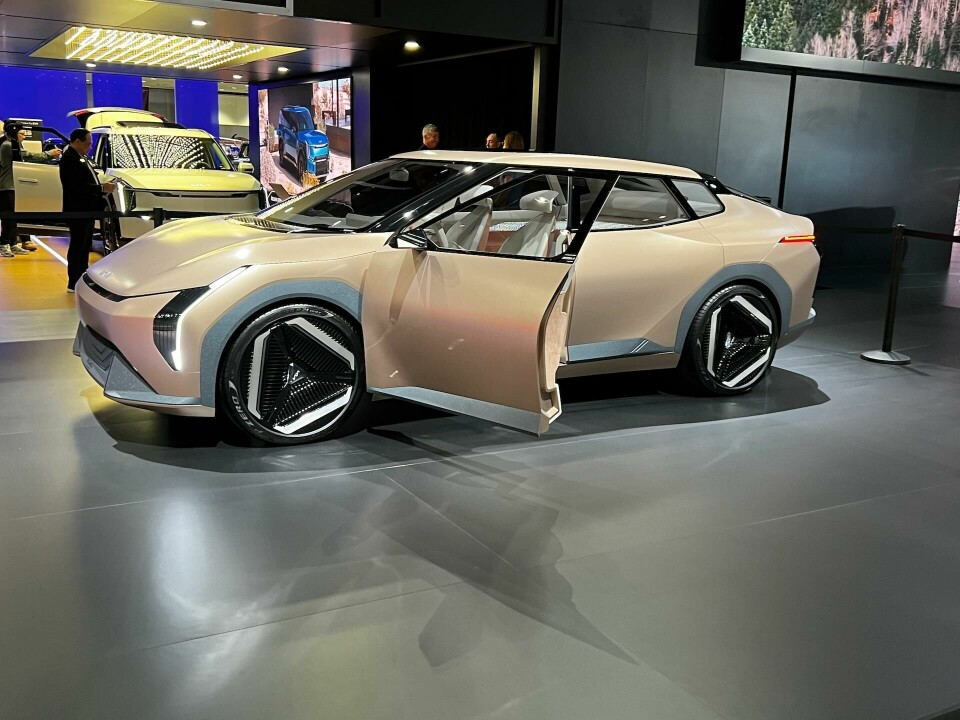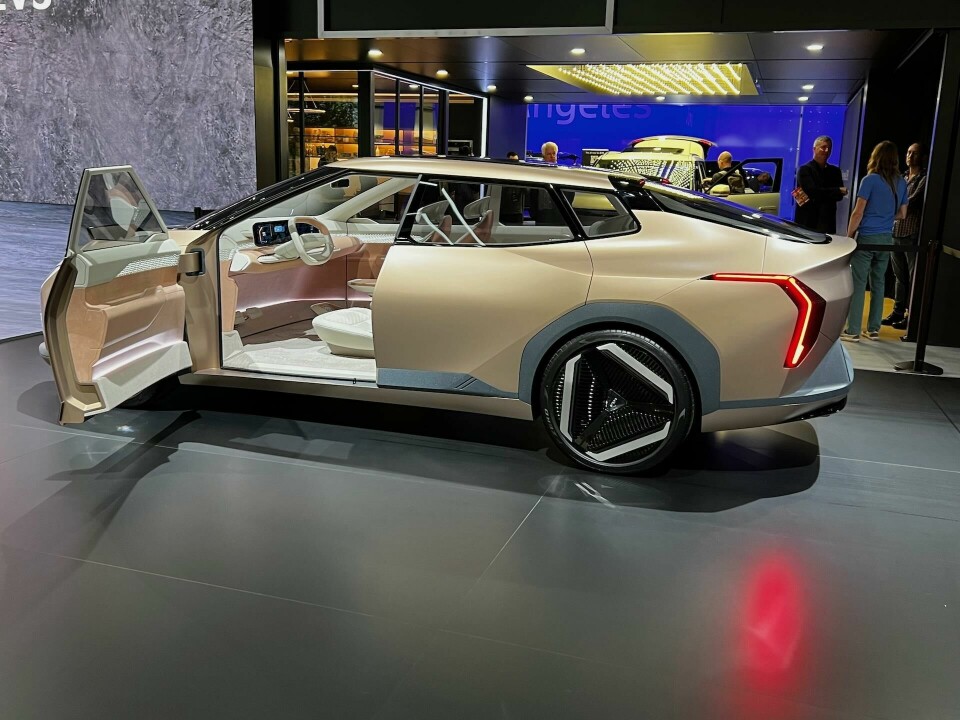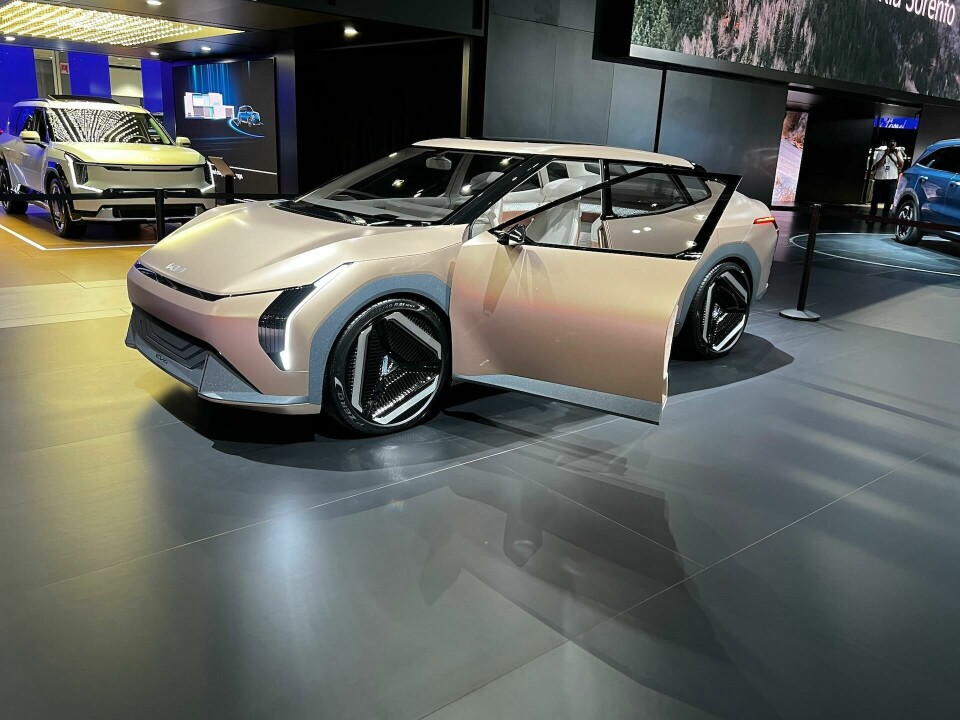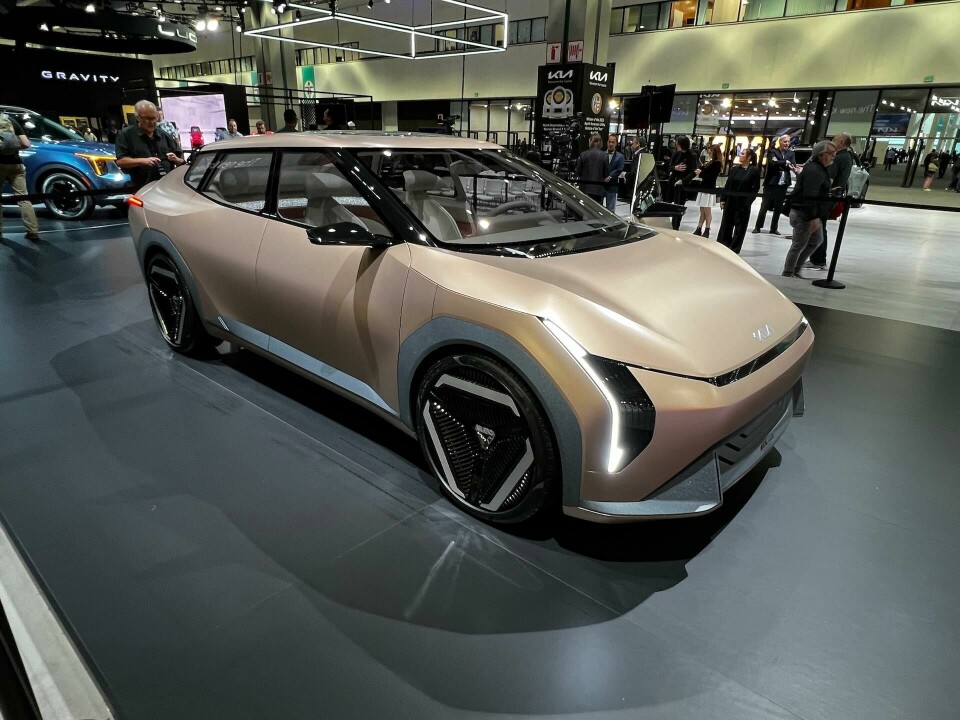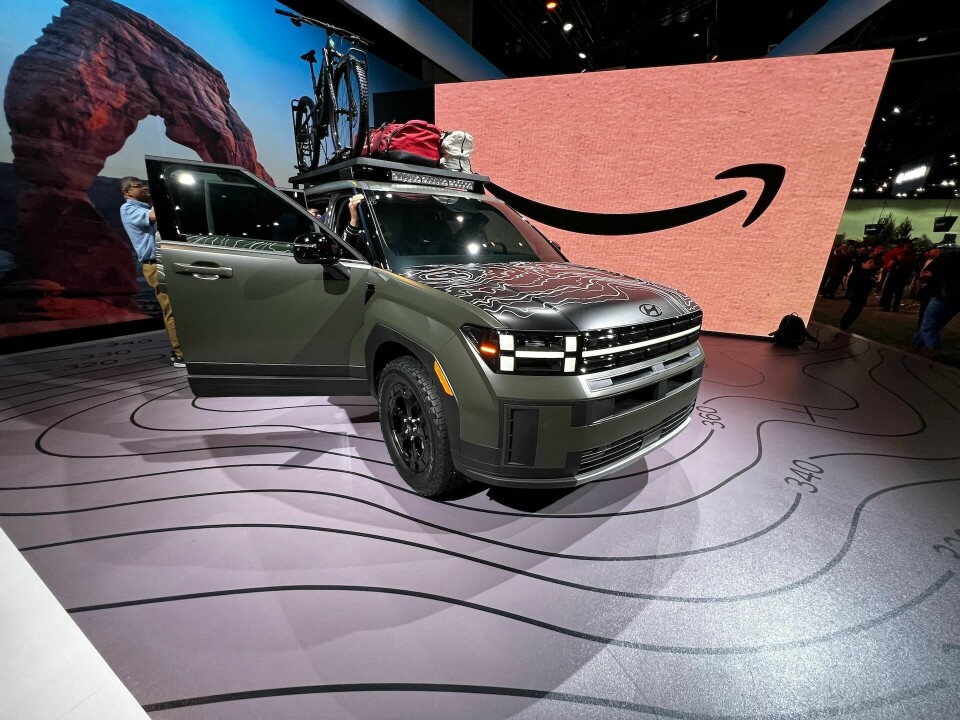
Report: 2023 Los Angeles auto show
It was a quiet show in LA, but there were still a few surprises. Karl Smith reports from the show floor
It was a quiet Los Angeles Auto Show this year, with the event awkwardly wedged between the very successful Tokyo show and the massive Guangzhou show opening in China.
Nevertheless, the show soldiered on, and there were a few pleasant surprises awaiting those who braved the notorious LA traffic to attend Press Day.
Here are the highlights from the show.
Lucid Gravity
The long-expected SUV from Lucid made its debut to open the show. Lucid already has enormous respect for its very handsome, and very powerful, luxury electric sedan designed by Derek Jenkins and his team. Now they have followed with a seven-passenger SUV.
The Gravity is handsome as SUVs go, with exterior design sculpted to look more like a wagon. A ‘helicopter’ windscreen curves up and over the front passenger area for a panoramic view. The interior is appropriately luxurious with a large touchscreen in front of the driver and an infotainment screen above the center console.
Seats fold down in various configurations to accommodate sports gear. The ‘frunk’ has a low opening for easy loading and has a pad to make the container a seat, perfect for watching the kids at youth games or the sunset at the beach. The seat, which accommodates two, has given birth to a humorous new term, “Frunking”, which means sitting and relaxing in the frunk, while watching the world go by.
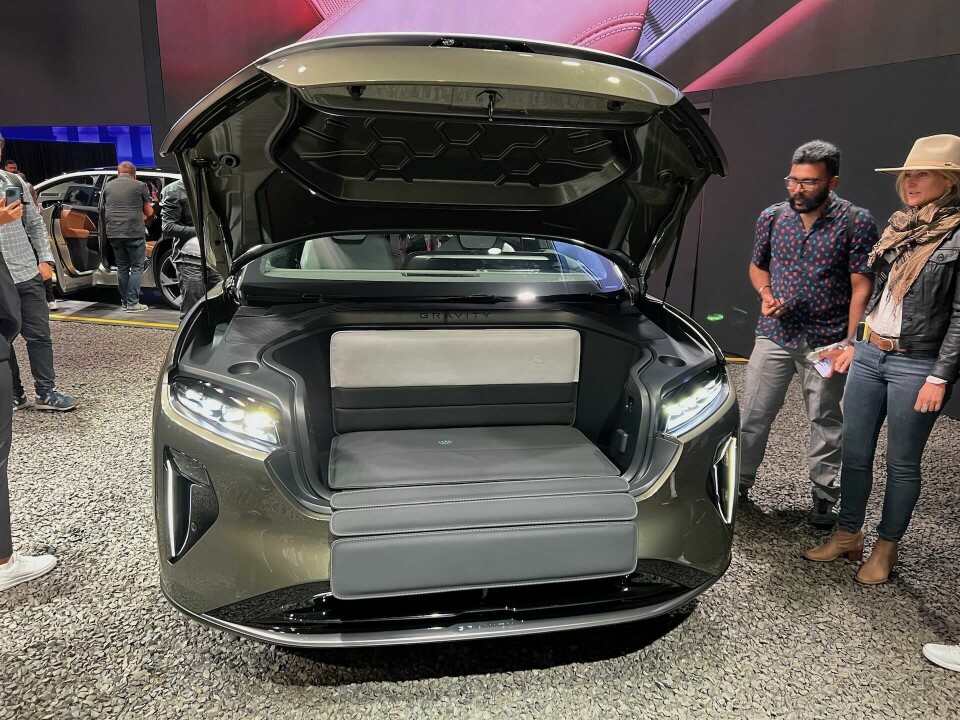
The Gravity does not sit on the Lucid Air platform, it has its own bespoke platform with a new battery arrangement, new motors and advanced electronics. Call it Lucid 2.0. Aerodynamics play a role, too, with a projected Cd of 0.24, which would be a leader for three-row SUVs.
Lucid has plenty of backing by Saudi investments, but it needs a winner – and more production – as it is reportedly losing significant sums over each car sold. Obviously, this can’t continue, but this handsome new addition to the family may turn its fortunes around.
Hyundai Santa Fe
We previewed the new Santa Fe back in July of this year, and its production version was introduced here in LA. A complete re-think in terms of styling, the Santa Fe now boasts a chunky style that is refreshingly straightforward.
Hyundai, like Lucid, is aiming the Santa Fe at active families who need extra space for the accouterments of outdoor recreation, all while incorporating ever-advancing technologies that younger families demand.
The new Santa Fe is longer and heavier than its predecessor, with plenty of interior room and three rows of seats. A large tailgate allows for plenty of cargo loading area and a sitting platform for outdoor pursuits, even a sleeping area with the fold-flat seats. Hyundai, like others, is pursuing a cargo area that can double as an outdoor room.
The styling relies on a blocky rectangular look inside and out. We had hoped that seeing the car in the metal would reinforce the good look of the press photos, and indeed, that is the case. We were pleased with how it looks and feels in our walkarounds, lots of ‘H’ elements and rectangles, but not done to the extreme. And the ‘chunkiness’ of the massing is greatly relieved by its length. And, yes, the chunky Santa Fe has been tuned in the wind tunnel to a Cd of 0.29.
There’s no doubt the Santa Fe is larger, but also, well-tailored. It should prove popular with those shopping for a family SUV, without the Lucid price point.
Toyota Camry
Mid-cycle refreshes are not always real design news, but the forthcoming 2025 Camry has new fascias and new powertrains, and updated interior tech make a bold design statement. From certain angles, the new Camry looks completely new and striking, while at others, the broad and aggressive front mask seems a bit much.
But the real news is the powertrain: The Camry is now hybrid only, with two and four-wheel drive versions available. The V6 is history, but the new hybrid powertrains actually pump out more horsepower, befitting a sedan that Toyota has tried to move from a ‘Grandma car’ to a sports sedan.
Honda Prelude concept
The Prelude concept got a lot of coverage in social media when it was introduced at the Tokyo show, so its appearance in LA was a welcome surprise. The Prelude is basically a full-scale model with no discernable powertrain (Honda says hybrid) or interior.
An elegantly sculpted coupe, it nevertheless has had a mixed reaction from Prelude enthusiasts. On the one hand, many welcome the possible return of a classic nameplate with a new updated form. Others, the Prelude purists, bemoan its departure from the classic notchback, vaguely wedgelike form. At the front the mask and DRG look similar to the Toyota Prius (see below), and the idea of a Prius coupe could not be chased from our minds as we walked around the Prelude.
Still, it is a beautiful piece of work, and one that could have a place in a future Honda lineup. Perhaps the connection to the Prelude nameplate and heritage is a bit of a reach, perhaps not. Time and market research will tell.
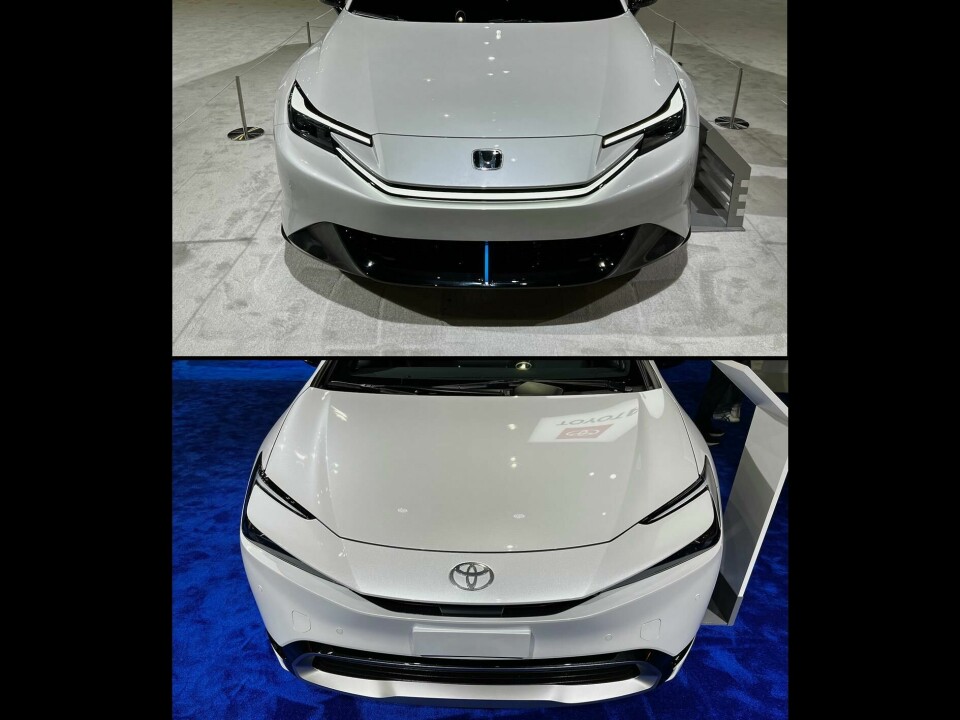
Kia EV Concepts
Kia brought two EV concepts to the show, a chunky compact crossover called the EV3 and a sporty angular sedan called the EV4.
The EV3 is a bit larger than the current Kia Soul, and may be its replacement. The package and looks are appropriately boxy, and exterior design cues borrowed from the much larger EV9 make the EV3 look like the large SUV’s baby brother. Not a bad thing, as the EV3 could be Kia’s entry-level electric car at an affordable price point, with the EV9 as an aspirational flagship.
The EV4 is a rakish mid-size sedan with sporty design cues. From certain angles, it looks like a more futuristic version of the EV6. There’s some EV9 influence here, too. From some angles, the EV4 looks a little unwieldy, with awkward juxtapositions of angles, chamfer, bulges and other elements. At other angles it seems just fine – a little challenging to contemporary eyes, but isn’t that what an emissary from the future is for, to broaden our perspective?
Both interiors explore more eco-friendly materials, which Kia describes as “bioplastic, produced from biomass sources such as vegetable oils, corn extract, sawdust and sugarcane, and Bio Polyurethane as a replacement for animal-based leather.”
Both cars look like pre-production versions of Kia’s future. But what about those “EV-“ names? We’re not sure that Kia can reproduce the success of Renault back in the day when its naming was simple numbers – the Renault 4, the Renault 5, etc. Perhaps that is Kia’s next design challenge.
